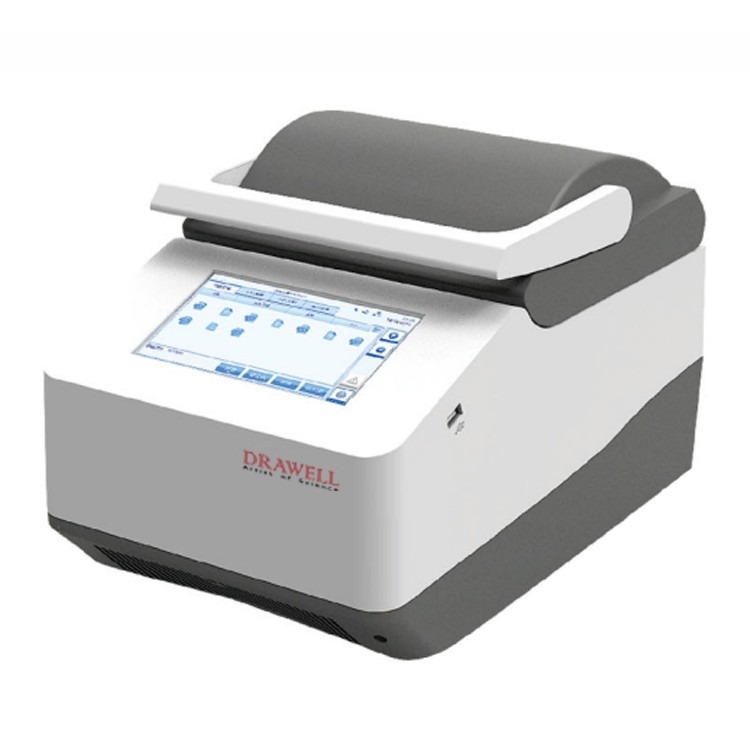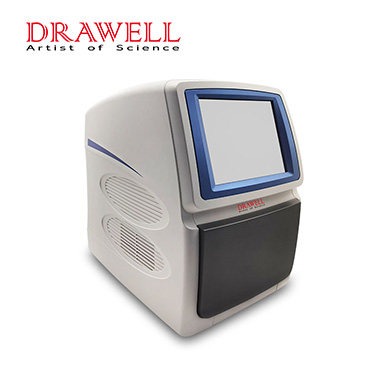Polymerase Chain Reaction (PCR) is a molecular biology technique that has revolutionized genetics and biotechnology. It enables researchers to amplify specific portions of DNA, allowing for a variety of applications ranging from genetic testing and forensics to illness diagnosis and DNA sequencing. In this article, we will explore how does PCR work.
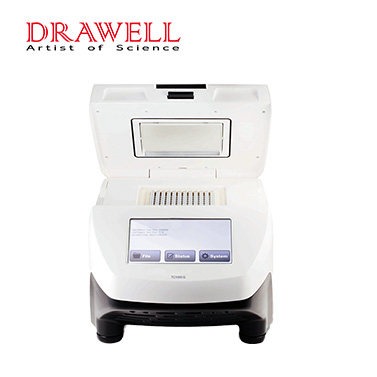
Basic Working Principle of PCR
Polymerase Chain Reaction (PCR) is a laboratory procedure that uses repeated cycles of heating and cooling to multiply a specific section of DNA. PCR is based on the principles of natural DNA replication, but it amplifies DNA in a controlled and targeted manner.
3 Fundamental Working Steps of PCR
Denaturation, annealing, and extension are the three basic processes in PCR. Each step is meticulously planned to ensure that the target DNA sequence is amplified accurately and efficiently.
1. Denaturation
This is the first step in the PCR process. The target DNA sequence-containing DNA sample is heated to a high temperature, typically around 94-98 degrees Celsius (201-208 degrees Fahrenheit). Denaturation occurs when the DNA double helix unwinds and separates into two single strands due to the high temperature. This separation provides access to the target DNA sequence and acts as the starting point for amplification.
2. Annealing
The temperature is reduced to roughly 50-65 degrees Celsius (122-149 degrees Fahrenheit) after denaturation. Short DNA sequences known as primers bind to their complementary sequences on single-stranded DNA at this temperature. Primers are designed to be specific to the target DNA sequence, binding only to the desired location. The primers act as starting points for DNA synthesis and help define the region that will be amplified. This step is called annealing.
3. Extension/Elongation
The temperature is raised to roughly 72 degrees Celsius (162 degrees Fahrenheit) when the primers bind to the target DNA sequence. A heat-resistant DNA polymerase enzyme synthesizes a new DNA strand at this temperature by adding nucleotides to the primers and extending them in a complementary fashion along the split DNA strands. To make a new strand of DNA, the DNA polymerase “reads” the template strand and integrates the complimentary nucleotides. This is referred to as extension or elongation. Two copies of the target DNA sequence have been produced by the end of this phase.
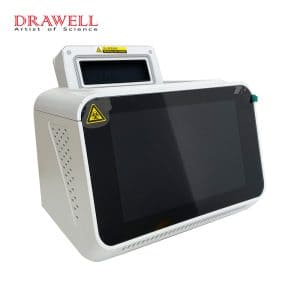
Cycles and Amplification of PCR
PCR cycles are the processes that are repeated in a polymerase chain reaction (PCR) to amplify a certain target DNA sequence (denaturation, annealing, and extension).
The amplification procedure starts with a DNA sample containing the target DNA sequence to be amplified. The DNA is denatured in the first cycle, resulting in two distinct single strands. The primers, which are short, unique DNA sequences, anneal to their complementary sequences on each strand.
During the extension step, DNA polymerase synthesizes new DNA strands by adding nucleotides to the primers and extending them along the divided DNA strands. At the end of the first cycle, two copies of the target DNA sequence were produced.
In successive rounds, the freshly manufactured DNA strands serve as templates for continued amplification. The denaturation step separates the double-stranded DNA into single strands again, and the primers anneal to the target DNA regions. The DNA polymerase then extends the primers, synthesizing new DNA strands.
The denaturation phase converts the double-stranded DNA back into single strands, after which the primers anneal to the target DNA sequences. The primers are then extended by the DNA polymerase, resulting in the formation of additional DNA strands.
The amount of DNA roughly doubles with each cycle. For example, if 10 target DNA molecules are present at the start of the amplification and 20 cycles are completed, there will be roughly 10 x 220 (more than one million) copies of the target DNA at the end of the amplification.
PCR amplification is a useful method in molecular biology because it allows researchers to extract a big amount of the target DNA sequence from a small amount of starting material. The amplified DNA can then be examined, sequenced, or used in a variety of downstream applications including genetic testing, diagnostics, forensics, and research.
Variations and Modifications of PCR
To fit individual research objectives and applications, PCR (Polymerase Chain Reaction) has undergone numerous alterations and adaptations.
Reverse Transcription PCR (RT-PCR)
This method is used to amplify RNA molecules after they have been converted into complementary DNA (cDNA) by the enzyme reverse transcriptase. RT-PCR is essential for examining gene expression, RNA viruses, and RNA-based activities.
Real-Time PCR
Real-time PCR, also known as quantitative PCR (qPCR), detects and quantifies DNA or RNA during the amplification process. It makes use of fluorescent dyes or probes that emit signals proportional to the amount of DNA created. Real-time PCR allows for precise quantification and real-time monitoring of amplification, removing the need for post-PCR analysis.
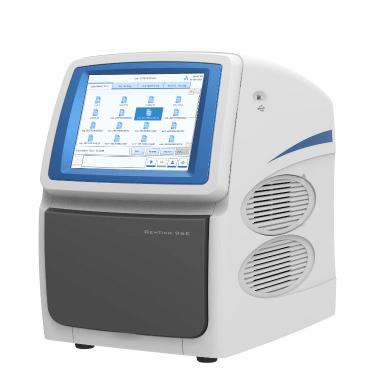
Nested PCR
Two sets of primers are utilized in nested PCR. The first set amplifies a broader region of DNA, while the second set focuses on a smaller region inside the first amplified result. Nested PCR improves specificity and sensitivity, especially in scenarios involving low amounts of target DNA or complex DNA mixes.
Multiplex PCR
Multiplex PCR allows for the amplification of numerous target DNA sequences in the same process. Each unique target DNA sequence can be amplified using distinct sets of primers, allowing for the simultaneous investigation of multiple genes or genetic variants. Multiplex PCR is useful in a variety of applications, including genotyping, disease detection, and forensic analysis.
Hot Start PCR
Hot Start PCR integrates changes to prevent non-specific amplification and improve reaction specificity. It entails using specific DNA polymerase or modified primers that are inactive until the initial denaturation phase, which reduces background noise and improves amplification efficiency.
Digital PCR (dPCR)
The PCR reaction is divided into thousands of separate reactions, each containing a trace amount of DNA template. dPCR allows absolute quantification of target DNA without the need of standard curves or external standards by counting the number of positive and negative partitions. Digital PCR is especially useful for detecting low-abundance targets and unusual genetic events.
Inverse PCR
Inverse PCR is used to amplify DNA segments that have known flanking sequences but an unknown sequence in the middle. It entails creating primers that bind to flanking sections and amplify outward, resulting in the amplification of the unknown sequence in between. Inverse PCR can be used to walk the genome, clone genes, and discover unknown DNA sequences.
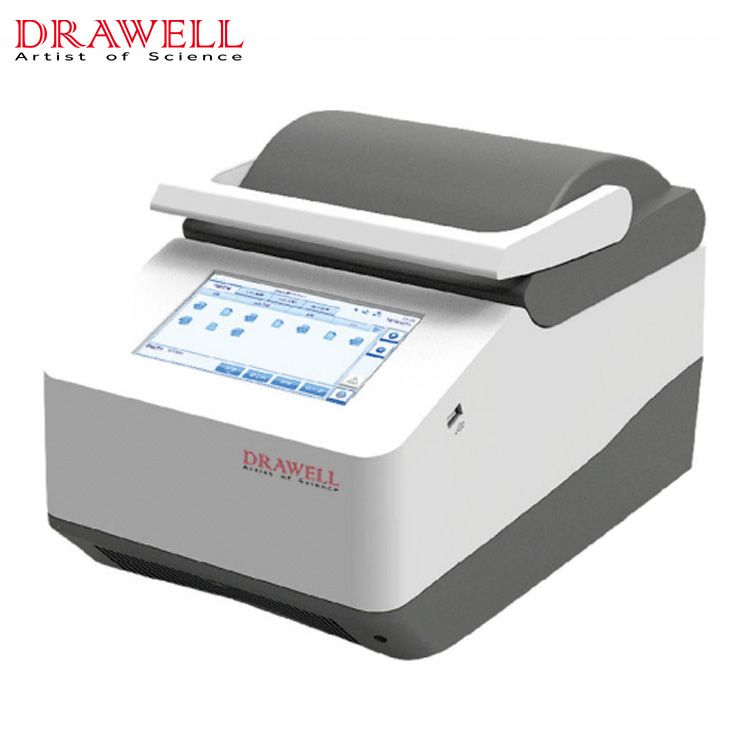
Summary
PCR has transformed molecular biology by giving scientists a potent tool for amplification of specific DNA sequences. Researchers have unlocked a huge array of applications by understanding the concepts and stages involved in PCR, spanning from genetic testing and forensics to disease diagnosis and DNA sequencing. PCR’s capacity to exponentially amplify DNA has changed genetics research and paved the path for numerous advances in science and medicine.

